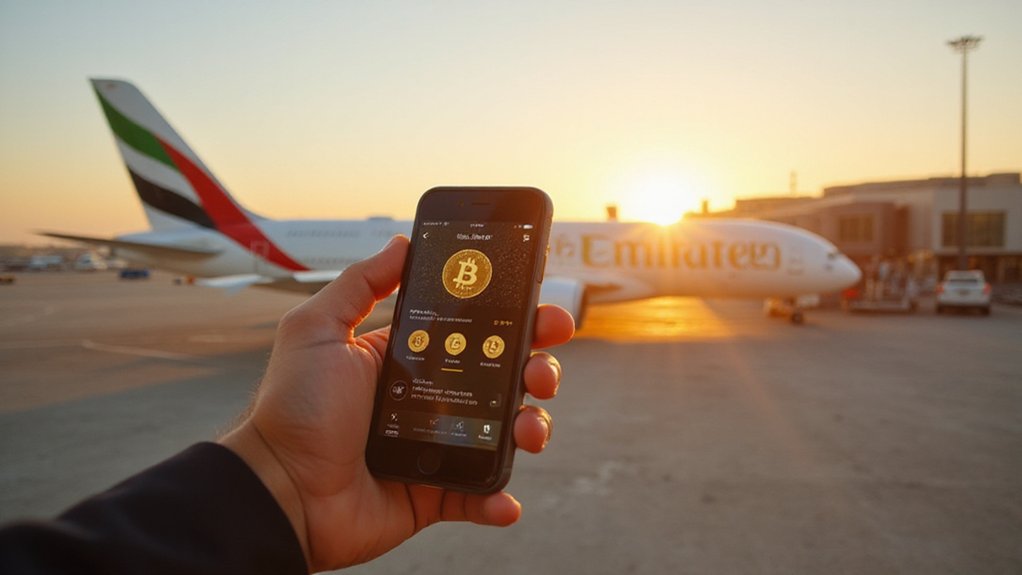While most social media platforms content themselves with harvesting user data and serving advertisements, Telegram has decided to cut out the middleman entirely by launching a built-in cryptocurrency wallet for its 87 million U.S. users as of July 22, 2025. This represents one of the largest crypto rollouts through a social media platform to date—a distinction that would have seemed laughably improbable just five years ago when regulators treated digital assets like radioactive waste.
Telegram bypasses traditional revenue models by directly integrating crypto wallets for 87 million Americans—a regulatory impossibility mere years ago.
The wallet operates on The Open Network (TON), a blockchain originally developed by Telegram before being handed over to an independent foundation following regulatory complications. Users can now send, receive, and manage Toncoin, USDT stablecoins, and various TON-based tokens directly within their chat interface, transforming casual conversations into potential financial transactions. The wallet offers 0% fees on USDT purchases through popular payment methods like Apple Pay and Google Pay, making cryptocurrency acquisition more accessible to mainstream users.
The self-custodial design grants users complete control over private keys—a feature that simultaneously empowers and terrifies the average consumer who struggles to remember their Netflix password. Understanding private key management is essential for users to maintain secure access to their digital assets, as recovery becomes nearly impossible without proper credential backup.
What makes this launch particularly intriguing is its timing and regulatory context. Telegram’s initial blockchain ambitions were unceremoniously crushed by the SEC in 2019, forcing the company to abandon early TON token plans amid regulatory hostility. The current wallet’s approval reflects broader shifts in U.S. crypto policy and leadership changes that have created a more accommodating environment for digital asset integration.
The technical implementation leverages TON’s ultra-fast transactions and low fees, enabling instant transfers without blockchain jargon that typically intimidates newcomers. Users access the wallet through a dedicated menu section, making crypto payments as straightforward as sending a photograph (though considerably more consequential). The wallet launch notably excludes wallet setup fees, making initial access completely free for users.
The ecosystem supports crypto swaps, NFT management, and stablecoin transfers, positioning Telegram as a direct competitor to established financial apps like Cash App and Coinbase.
With over 100 million global users already activating TON Wallets by 2024, Telegram has effectively transformed itself from a messaging platform into a crypto gateway. Whether this represents the democratization of digital finance or simply another avenue for speculative excess remains to be seen, though the company’s Mini Apps framework suggests broader ambitions extending into gaming, DeFi, and digital commerce.









